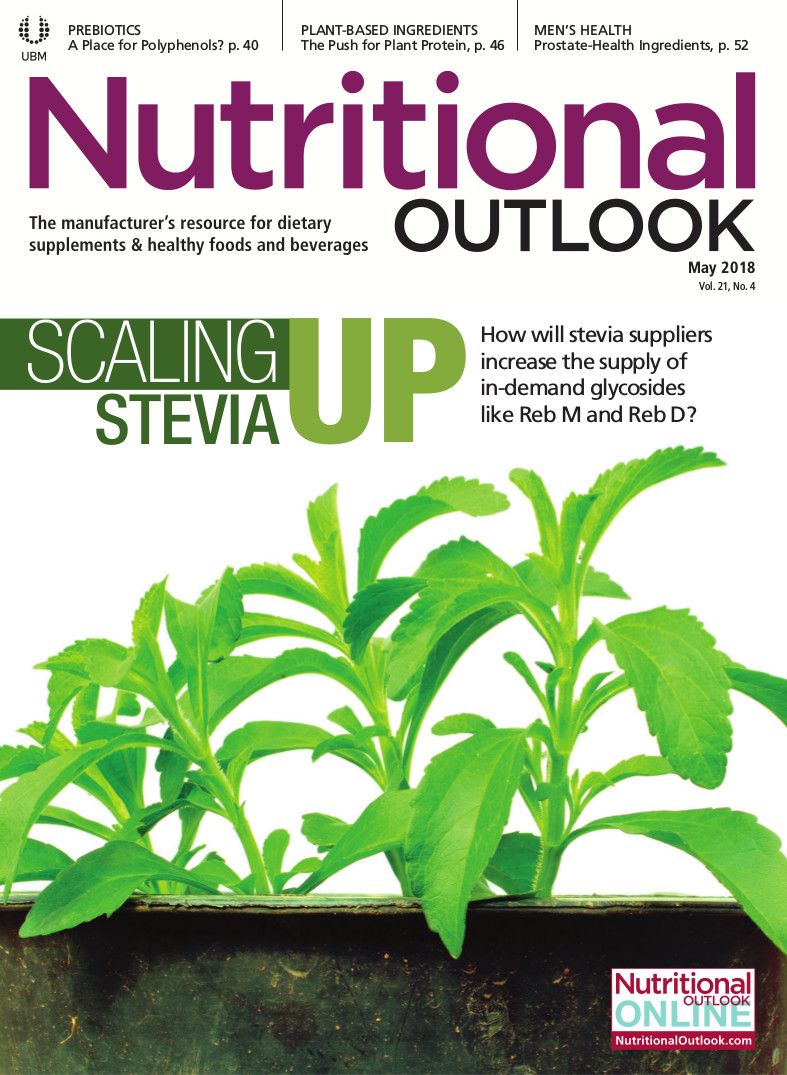Energy Drink Sales Still on the Rise, Despite Slowdown in Innovation
Energy drinks continue to outperform the overall soft drinks market in terms of value, with their share of the category rising to 8% in 2017 and their global value reaching about €44 billion, says Innova Market Insights.
Photo © Shutterstock.com/archy13

Good news for energy drinks! They continue to outperform the overall soft drinks market in terms of value, with their share of the category rising to 8% in 2017 and their global value reaching about €44 billion. This growth is happening despite an apparent slowdown in product innovation. Fewer new energy drinks have launched over the past five years. In 2017, energy drink new product launches accounted for less than 2.7% of global soft drink launches, an even smaller share than 5% in 2012.
There are a few reasons for this slowdown. One is the fact that there is likely relatively limited innovation opportunities in the category. Another factor is the dominance of multinational brands in many regions. As the market has become more established, and mainstream soft drink companies have entered and acquired or developed global energy drink brands, the number of smaller, diverse brands entering the market has shrunk substantially in the face of the global brands investing in high levels of product promotion.
The U.S., with its relatively mature market, has followed a similar pattern as the global market, with energy drink launch numbers falling to account for just 2.8% of total soft drink introductions in 2017, putting it only marginally ahead of the global figure. The U.S. market is dominated by non-aseptic, mainly canned drinks from iconic brands such as Red Bull, Monster, and Rockstar. These giants are focusing heavily on adding new formats and flavors.
Red Bull, for example, has continued to develop its Editions range, with sugar-free Purple (açai berry) and Lime (limeade) flavors added to the range in early 2017. They join the existing Red (cranberry), Blue (blueberry), Yellow (“tropical”), Orange (tangerine), and Green (kiwi) flavors. The company has already lined up its limited-edition flavor for the summer of 2018: a Coconut Twist in a white and silver can.
Ongoing Trends
Among the new energy drinks that are launching, there are a few notable, continuing trends.
A continued focus on sugar-free formulas is no surprise in the light of rising global pressure to reduce sugar content in soft drinks. “Low” and “light” versions of energy drinks-including what several energy drink brands are marketing as “zero” drinks (meaning either zero calorie or zero sugar)-accounted for over 40% of U.S. energy drink launches in 2017. Low-calorie claims were used on 39% of new energy drink launches, and sugar-free claims were used on 25% of new launches, indicating the considerable overlap and the rising popularity of these “zero” products.
“Low” and “light” claims were the most commonly used health claims for launches, after energy/alertness claims, which, perhaps not surprisingly, were featured on virtually all introductions.
Clean-label claims took third place, used by nearly 35% of launches in 2017. Here, organic claims were the most popular, featured on nearly 25% of introductions. Organic claims tend to be used alongside a range of other health claims, as exemplified by Core Hydration’s Core Organic Energy range, which also highlights other features such as low calorie, gluten free, and vegan.
Unique Flavors: Coffee on the Rise
Energy drink launches are also featuring more upmarket and on-trend flavors. The aforementioned Core Hydration products are sold in a range of exotic superfruit flavors such as Lemon & Ginger, Pomegranate Blue Açai, Tropical Berry, and Tropical Coconut. Meanwhile, Zola Organic Hydrating Energy Drinks all feature coconut water and have fashionable flavors such as Açai Berry, Pineapple-Coconut, and Matcha Green Tea.
Coffee flavors are also very much in vogue. Natural caffeine ingredients from coffee have been part of energy drinks for some time as the clean-label trend gains momentum, but many products are now highlighting coffee as a significant ingredient or flavor. The trend toward more upmarket cold-brewed coffee has also reached the energy drinks market, with launches including Wonder Fuel Coconut Oil MCT Super Drink with Cold-Brewed Coffee, which bases its energy properties around medium-chain triglycerides from coconut, and caffeine from coffee.
Energy Claims
Consumers’ overall interest in beverages that provide energy benefits is not just confined to the energy drinks market. In fact, 7.6% of overall U.S. soft drink launches featured energy claims in 2017. And while energy drinks obviously make up the largest sector of drinks making energy claims (accounting for 35% of the total), it’s notable that more iced coffees are also making energy claims. Over 14% of U.S. iced coffee launches used energy/alertness claims in 2017, compared with less than 6% of iced tea launches and just 2% of juices/juice drink launches using energy claims.
While caffeine is a naturally present energy source for iced coffee products, beverages such as juice drinks have to look to other ingredients to supply energy, with increasing focus on ingredients such as yerba mate and green matcha. In juices and juice drinks, there is a focus on natural sources of energy, including so-called superfruit and vegetable blends and green formulations.
The demand for energy sources seems set to continue. Energy drinks have risen in popularity with demand for quick, easy, and widely available sources of physical and mental energy for increasingly busy lifestyles and continue to offer particular appeal to younger people, too.
Innova Market Insights is your source for new-product data. The Innova Database (www.innovadatabase.com) is the product of choice for the whole product-development team, offering excellent product pictures, search possibilities, and analysis. See what food manufacturers are doing around the world: track trends, competitors, ingredients, and flavors. In today’s fast-moving environment, this is a resource you cannot afford to be without.
Also read:
Are Energy Drinks in for the Long Haul?
Energy Drink Makers Turn to Natural Botanical Ingredients
Which Flavors Are Trending in Energy Drinks?


.png&w=3840&q=75)

.png&w=3840&q=75)



.png&w=3840&q=75)



.png&w=3840&q=75)





















